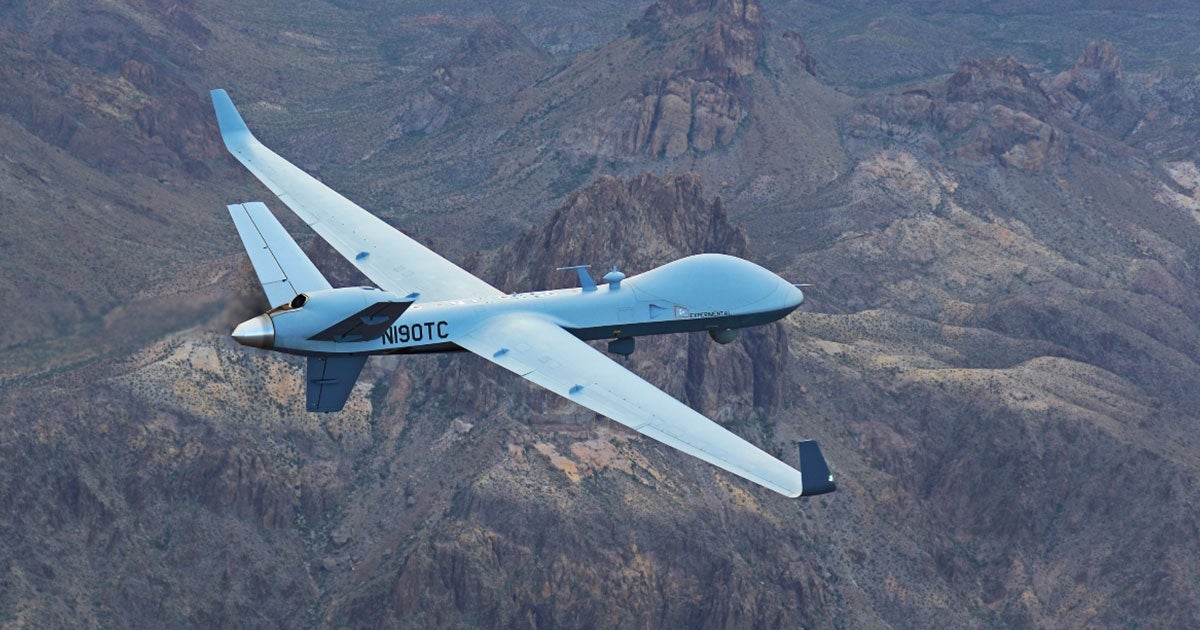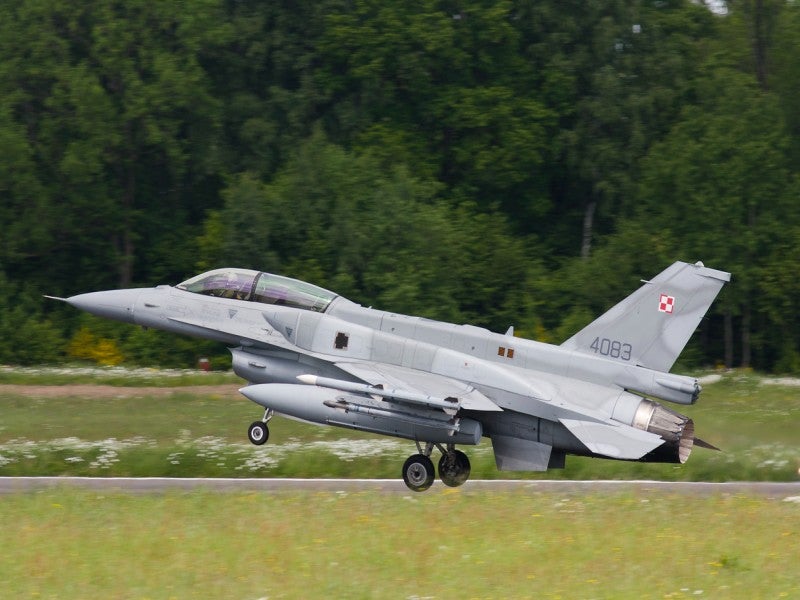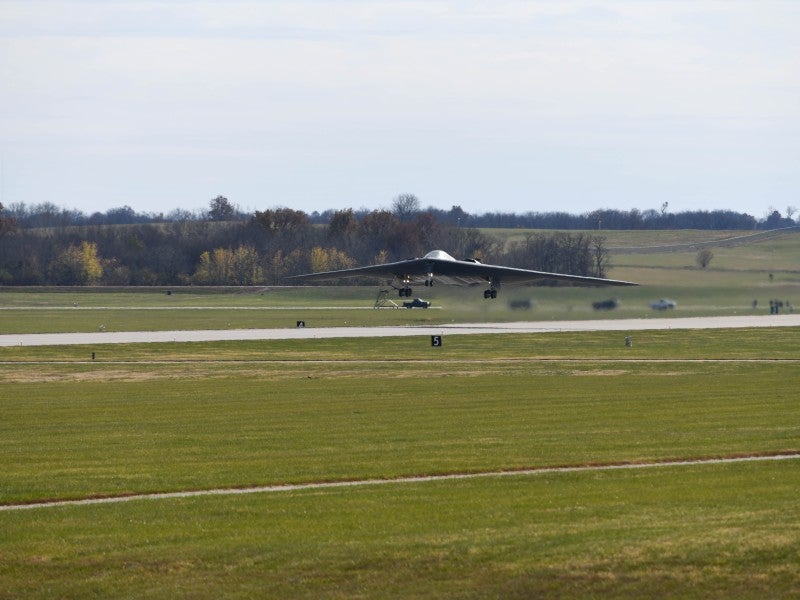
General Atomics Aeronautical Systems (GA-ASI) and two other industry partners have successfully demonstrated the multi-orbit satellite communications (SATCOM) capability on the MQ-9B SkyGuardian aircraft.
The industry partners include a Luxembourg-headquartered company SES and EchoStar’s wholly owned subsidiary Hughes Network Systems.
The demonstration was carried out at GA-ASI’s Desert Horizon flight operations facility in El Mirage, California, US on 20 October.
The effort included the SES team providing a multi-orbit SATCOM service that used a high-throughput, low-latency medium Earth orbit (MEO) and geosynchronous Earth orbit (GEO) fleet.
It further involved the integration of Hughes HM series software-defined modem, called HM400, onto GA-ASI’s MQ-9B remotely piloted aircraft (RPA) to power SES’ MEO and GEO SATCOM.
The HM400 modem featured a low probability of intercept/low probability of detection modes that provided the required resiliency to the aircraft to operate in contested scenarios.
The last element of this setup was Hughes Resource Management System.
It worked with HM400 to automatically optimise and quickly switch satellite signals to showcase near real-time capability for improving the military’s Primary Alternative Contingency Emergency planning.
During the demonstration, SES’ O3b MEO system delivered a fibre-like, carrier-grade performance, resiliency and scalability to lay the foundation for attaining network sovereignty.
The effort showcased how an uncrewed system maintains mission-critical connectivity/resiliency and high workloads while operating in a highly contested scenario.
Throughout the demonstration, the companies observed that the connectivity service continuously roamed between the O3b MEO and AMC-15 GEO satellites.
GA-ASI MQ-9 Systems senior vice-president Fred Darlington said: “This demonstration proves the importance of next-generation SATCOM for operators of our aircraft.
“As we expand into new and more intricate payloads for our RPA, we’ll require higher data rates that provide bandwidth, security and robustness to operate sensors.”




